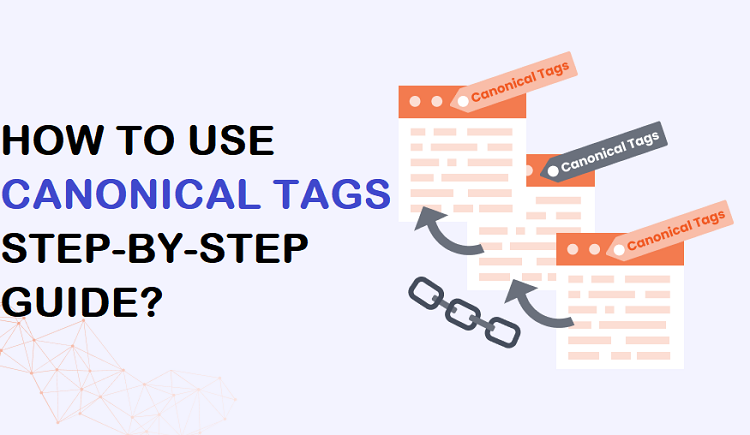Canonical tags are one of the most important elements of on-page SEO, yet they’re often overlooked or misunderstood.
In this post, we’ll explain what canonical tags are and how to use them properly.
What are Canonical Tags?
A canonical tag (aka “rel canonical”) is an HTML element that tells search engines which version of a page to index. It’s used to solve duplicate content issues and is a critical part of any SEO strategy.
The canonical tag is placed in the <head> section of a page’s HTML code, and it looks like this:
<link rel=”canonical” href=”http://example.com/page.html” />
The “href” attribute contains the URL of the page that should be indexed. In most cases, this will be the same URL as the page viewed.
Why Use Canonical Tags?
Canonical tags are used to solve duplicate content issues.
When there is more than one version of a page available (e.g., http://example.com and http://www.example.com), search engines don’t always know which one to index. This can lead to duplicate content issues, where the same content is indexed multiple times.
Canonical tags solve this problem by telling search engines which version of a page to index. This ensures that only one version of the content is indexed, and it also helps search engines understand the relationship between the different versions of a page.
Note: You Can Also Chechout Best Seo Company in Chicago
How to Use Canonical Tags
Using canonical tags is relatively simple. You just need to add the canonical tag to the <head> section of each page on your site.
If you’re using a content management system (CMS) like WordPress, some plugins can help you manage canonical tags. For example, the Yoast SEO plugin can automatically add canonical tags to your pages.
When adding canonical tags, there are a few things to keep in mind:
- Make sure the URL in the “href” attribute is correct. The URL should be the absolute URL of the page you want to be indexed.
- If you’re using www and non-www versions of your site, make sure to add a canonical tag to both versions.
- Don’t use canonical tags on your homepage. The homepage is typically the most crucial page on your site, so you don’t need to use a canonical tag.
- Don’t use canonical tags on pages that don’t have duplicate content. Canonical tags should only be used on pages with duplicate content.
- Don’t use canonical tags on pages that are not indexable. If a page is not indexable (e.g., a PDF or an image), there’s no need to use a canonical tag.
- Use absolute URLs in your canonical tags. Relative URLs (e.g., “/page.html”) will not work.
- Make sure your canonical tags are working. You can use Google’s Search Console to check if your canonical tags are working properly.
- Don’t use more than one canonical tag on a page. Using multiple canonical tags on a page can cause issues.
Final words
Canonical tags are an important part of any SEO strategy. They’re used to solve duplicate content issues and help search engines understand the relationship between different page versions. If you’re not using canonical tags on your site, you should start doing so.
In addition, the SEO Course in Noida can help you learn more about canonical tags and how to use them properly. If you have any questions, please feel free to reach out.



